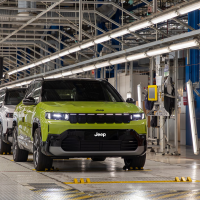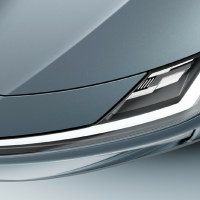Inventing problems, Avoiding solutions
Mark Gallagher reflects on the "tyregate"
- -
- -

The British journalist James Allen, who commentates on Formula
One for the BBC, described the Pirelli-Mercedes testing controversy
in Monaco as being symptomatic of Formula One’s ‘dysfunctionality’.
It was the right word to use. Instead of Monaco being in the
news for all the right reasons such a great racing, politics,
in-fighting and protests once again raised their ugly head above
the sport.
There is a severe disconnect between the teams, the FIA and FOM over many topics, from the lack of a new Concorde Agreement to the proposed flotation of Formula One on the Singapore Stock Exchange and the high cost of the new 2014 powertrain. This would be the same powertrain that everyone voted for unanimously at the June 2011 World Motor Sport Council meeting.
The key issue seems to be that not everyone talks openly to everyone else and too many problems are allowed to develop. It was obvious in 2009 and 2010 that the automotive manufacturers who supported the new power train would spend a huge amount of money on it, and then try to get that money back from the teams. I sat in FIA meetings where this point was discussed, and Cosworth’s position was always that there had to be a strict cost cap on development. No one else was interested, and certainly not in the smaller independent teams having affordable engines. Three years later, this is now a major problem.
It is completely laughable that anyone would accuse
Pirelli or Mercedes of cheating; if they are guilty of
anything it is in badly managing the communications around a tyre
test the objective of which was to give Pirelli some data for the
mid-season changes and the 2014 tyres. What seems to have
happened - if you read all the available stories and statements -
is that Pirelli had little support from the teams in asking for
assistance in tyre tests, and in the end turned to Mercedes, partly
due to the fact their cars had been harder on race tyres than most
of their immediate rivals.
The test absolutely should have been communicated to the FIA and the other teams, with observers invited and all data given to the FIA and Pirelli only. What Pirelli and Mercedes may have done wrong was to not complete the communications loop.
Red Bull’s Helmut Marko has stated that Mercedes will have gained as much a second a lap from the test. He is effectively accusing both Pirelli and Mercedes lying about the test, its benefits and outcome. If anyone thinks this is good for the sport, or even good for Red Bull, they are entirely out of touch with the reality of how the fans, sponsors and media view Formula One.
As Formula One’s exclusive tyre supplier Pirelli should have been given an approved mechanism to test and develop tyres using a current car, but instead it has spent three years trying to find solution including using ‘old’ cars with updated aero. This is a joke; Formula One should be clever enough to find a solution to test and develop its tyres, for reasons of performance, durability and, most importantly of all, safety.
Finally, I own a boat. It has a USD$1,000 AIS module - this stands for automatic identification system. As a result, when my boat moves anyone else can see where it is, how fast it is going and in which direction. Quite how Formula One, the most high technology sport on the planet, did not know that Mercedes was testing its cars for 1000kms is bizarre. The solutions are always there, the problem is that all the players in Formula One are not committed to finding them.
















 και στη συνέχεια 'Προσθήκη στην οθόνη αφετηρίας'
και στη συνέχεια 'Προσθήκη στην οθόνη αφετηρίας'